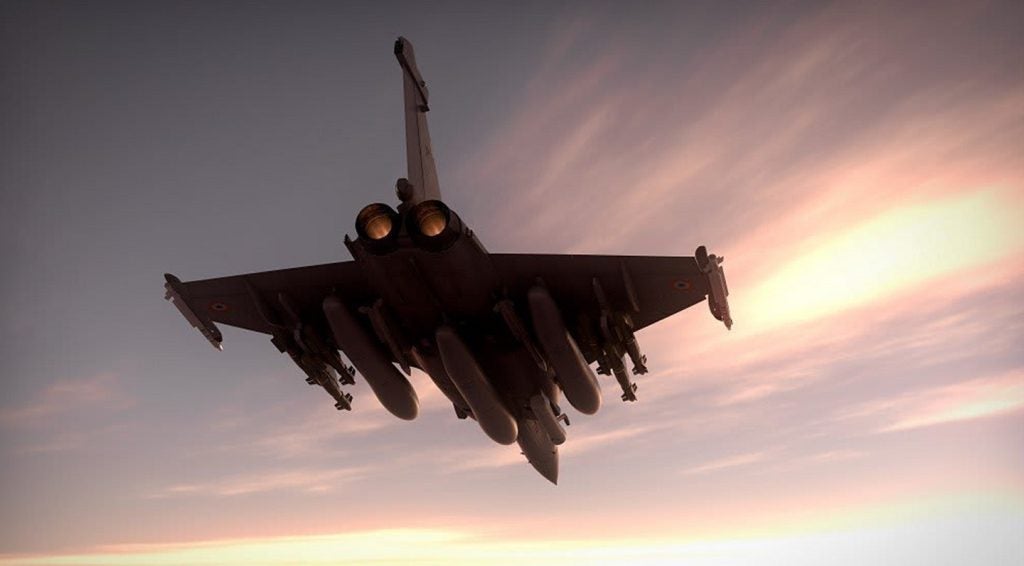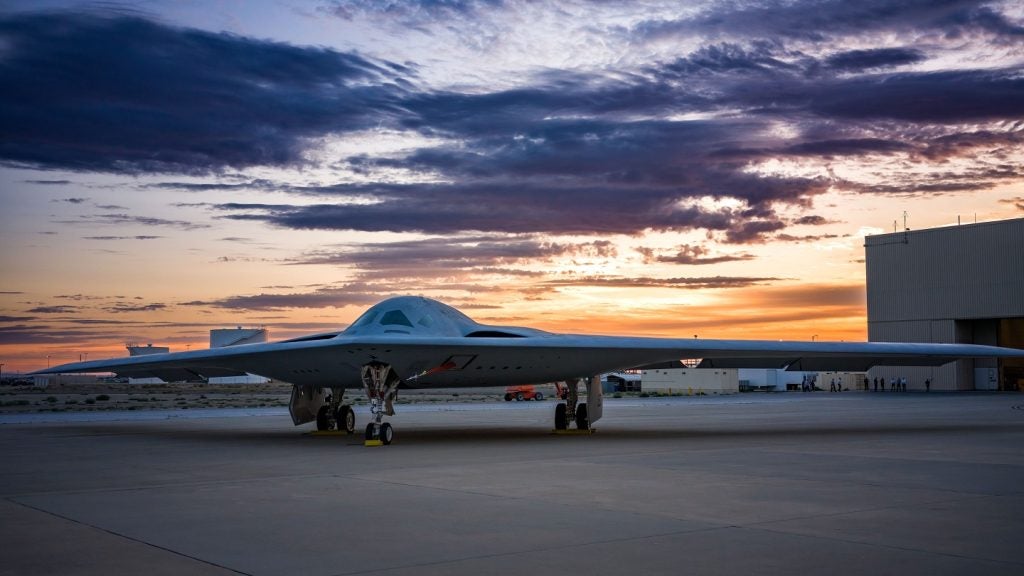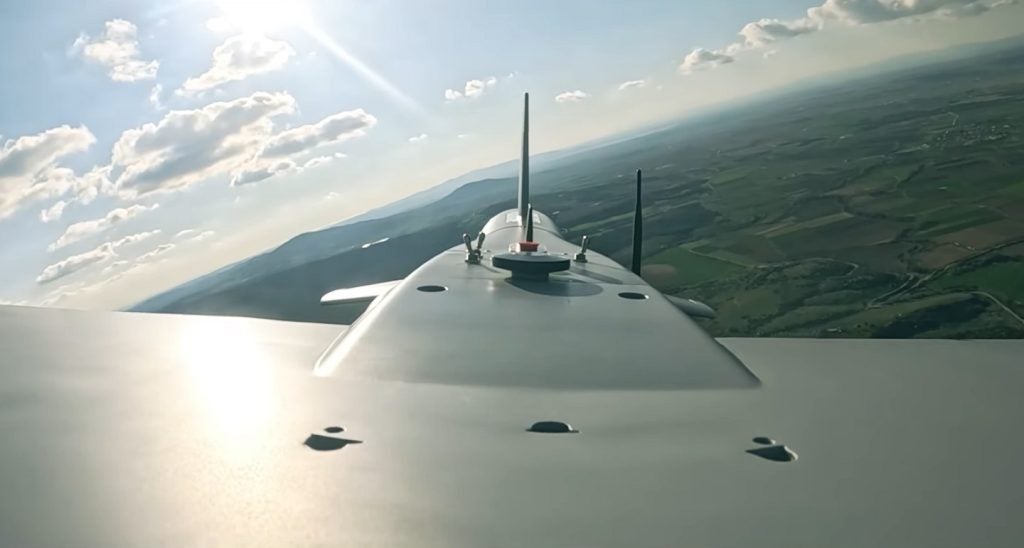
A US Air Force F-35 has successfully communicated with the US Army’s Integrated Air Missile Defense (IAMD) Battle Command System (IBCS) during the Orange Flag Evaluation (OFE).
The fighter jet transmitted information to the IBCS using the F-35’s ground station and a bespoke F-35-IBCS adaptation kit. The technology allows the F-35 to work as an elevated sensor for targeting ground-level equipment.
The Northrop Grumman built IBCS tracks data from sensors to map aerial threats including aircraft and missiles, the system can then select the best weapon to engage the threat.
Lockheed Martin Missiles and Fire Control vice president and deputy of Integrated Air and Missile Defense, Scott Arnold, said: “This demonstration represents a significant growth in capability for the Army IAMD program and Army for multi-domain operations.
“The capability creates additional battlespace awareness, and the ability to track incoming targets and take action, if necessary,”
The test builds on Lockheed Martin’s push to make the F-35 functional across multiple combat domains, not just the air.
How well do you really know your competitors?
Access the most comprehensive Company Profiles on the market, powered by GlobalData. Save hours of research. Gain competitive edge.

Thank you!
Your download email will arrive shortly
Not ready to buy yet? Download a free sample
We are confident about the unique quality of our Company Profiles. However, we want you to make the most beneficial decision for your business, so we offer a free sample that you can download by submitting the below form
By GlobalDataIn a press release, Lockheed Martin praised the test saying: “This allowed IBCS to receive and develop fire control quality composite tracks during the exercise, leveraging the F-35 as an elevated sensor.”
The F-35s stealth capabilities make it an ideal platform for advanced scouting enemy targets giving the US Army more information about the environments it is entering. The US Missile Defence Agency is also looking into the ability of the F-35 to locate and target adversaries missile launches.
Royal United Services Institute (RUSI) research fellow Justin Bronk told Air Force Technology: “There are significant potential benefits for both ground and air arms to integrate F-35 derived target data in real time with ground-based long-range missile and artillery systems.
“Like most stealth aircraft, the F-35 is limited in terms of internal weapons carriage capacity when operating in contested airspace, so being able to cue in long range ground-based fires offers the potential for significantly increased firepower against enemy air defences and other critical targets.”
The F-35’s sensor and data integration capabilities make it well-suited to pair with the IBCS as the missile system’s main focus is to connect the US Army’s range of sensors and missile systems.
Bronk said: “In high-intensity warfighting scenarios, being able to accurately fire at long range without exposing themselves by using powerful search radars or tethered UAVs is a major advantage for artillery and rocket artillery units, so they would benefit greatly from real time targeting data from F-35s in a given area of operations.”
Arnold added: “The F-35, with its advanced sensors and connectivity, is able to gather and seamlessly share critical information enabling greater joint force protection and a higher level of lethality of Army IAMD forces.”
Previous F-35 testing saw the aircraft interface with the Aegis Combat System and the Naval Integrated Fire Control-Counter Air (NIFC-CA) system.
The US Army IBCS is part of a larger push for multi-domain communication between the different branches of the military. The system uses open-source architecture allowing the US Navy, Air Force and Army to theoretically share sensor information.







